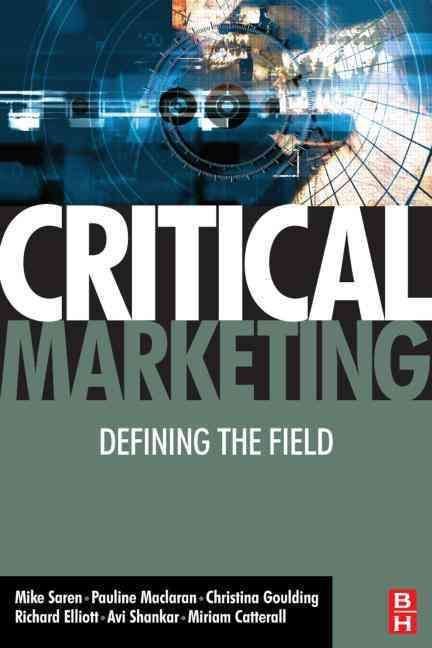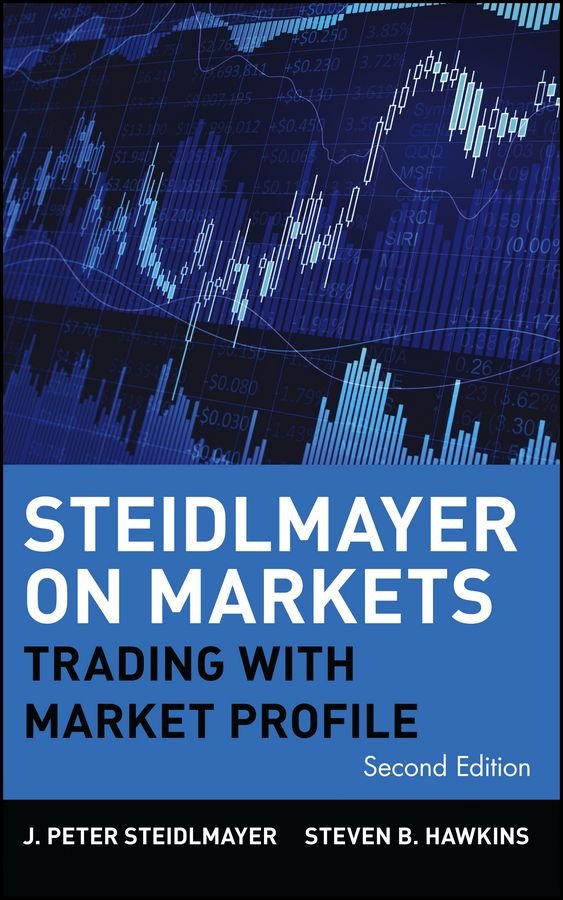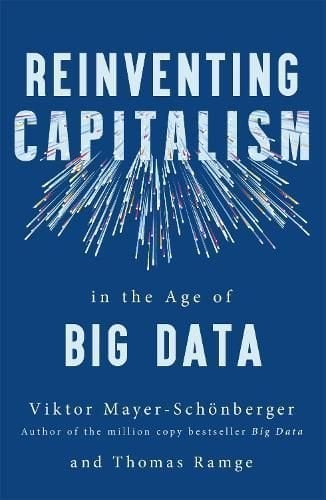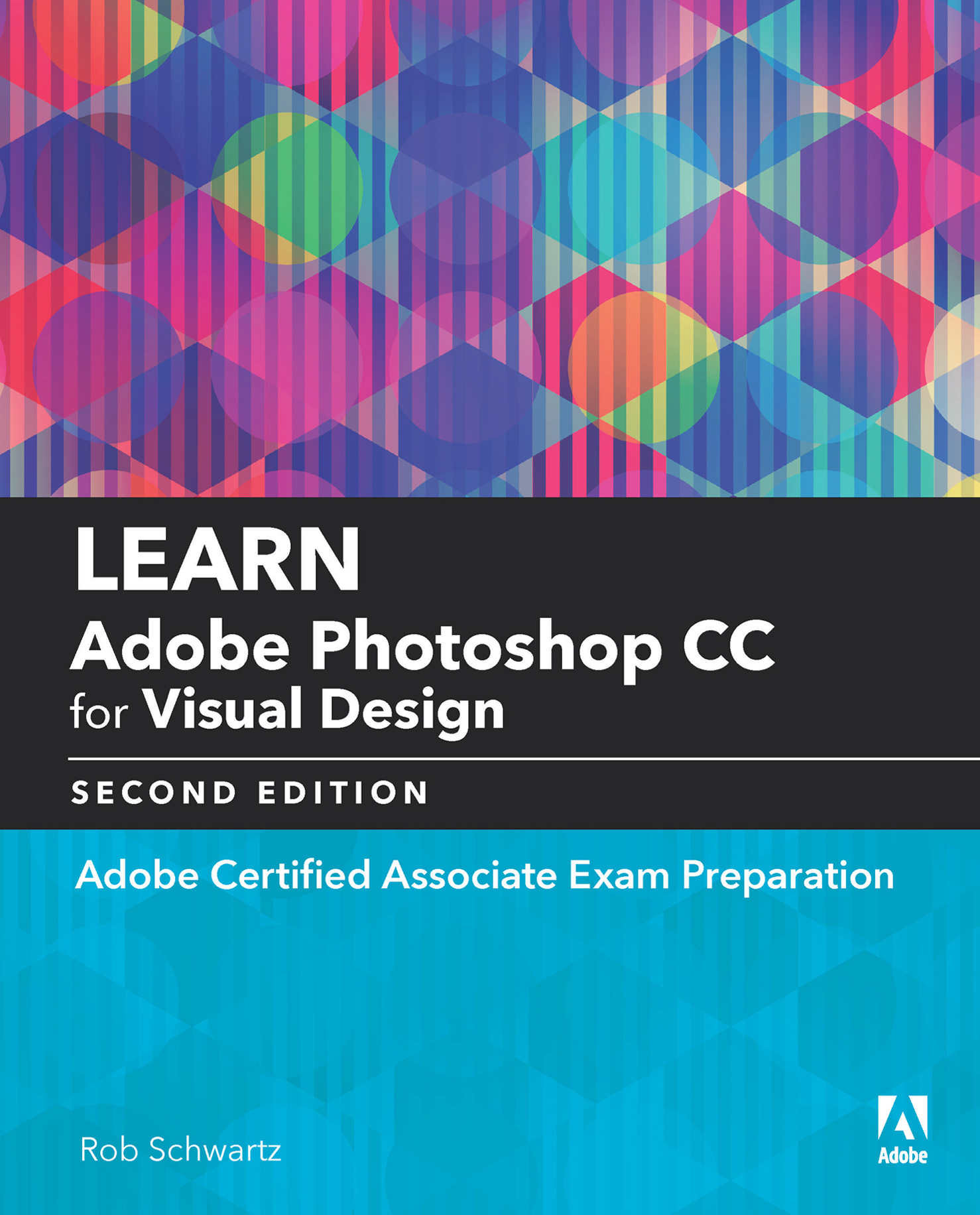The common topic of this collection of studies is the interaction between innovaÂ- tive activity of firms and industrial structure. I call this interaction technological competition. Firms invest into R&D in order to open up new or enlarge existing profit opportuniÂ- ties for the future. A successful R&D-project leads to an innovation. An innovation introduced into the market changes the competitive structure of the industry. At the same time the structure of the industry shapes the incentives to invest into R&D. What matters for these incentives is not so much the existing structure but the expected dynamic evolution of that industry which is again dependent on the innovative choice of firms. Amongst other things, the dynamic of industry evolution is therefore rooted in the dynamics of ongoing innovative activity. Of course, this is not always the whole stoÂ- ry. There are (more or less) exogenous factors, like knowledge spillovers from other sectors of the economy, technological breakthroughs in basic research that directly influence the state of competition in an industry by providing additional profit opÂ- portunities, etc. The same is true for exogenous changes in upstream markets or demand conditions. My main interest here is not primarily to understand these exogenous forces, but to develop a theory of how the process of firms’ innovative activity is shaped by competition and in turn shapes future competition between firms in an industry.












